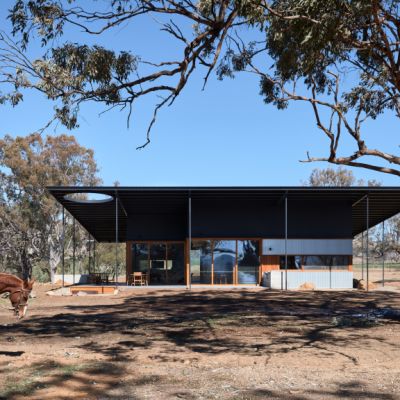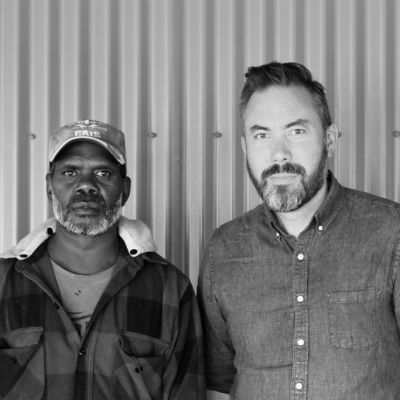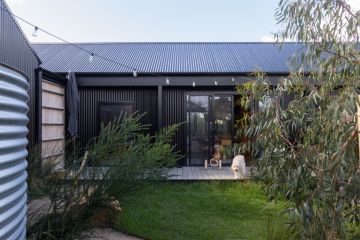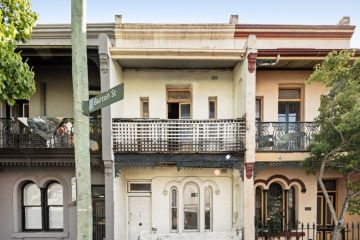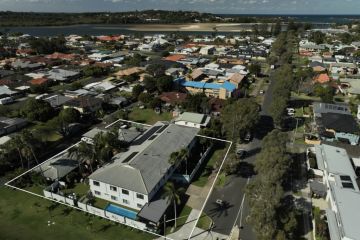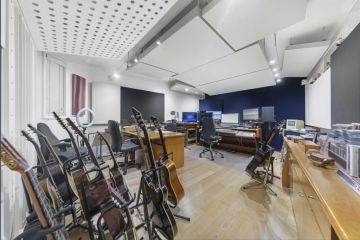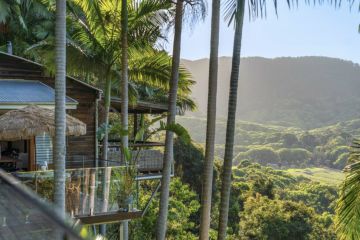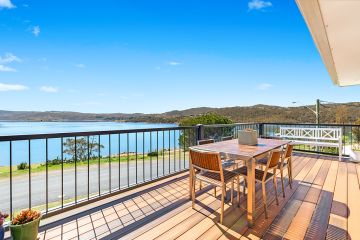Venice Architecture Biennale: Postponed, but an unexpected Australian pavilion is in store
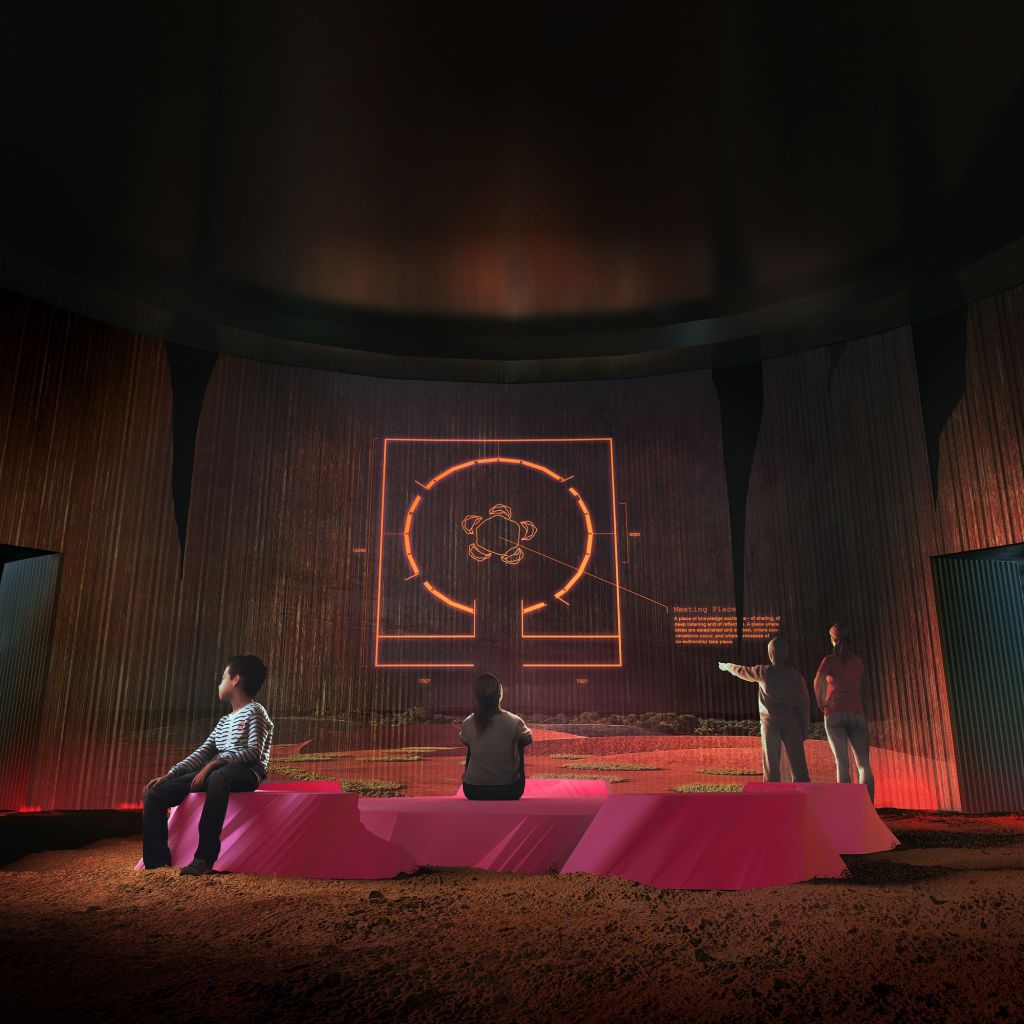
When, and if, the postponed 17th Venice Architecture Biennale goes ahead in late August, visitors to the Australian pavilion will find themselves entering an exhibition space very different from what the dark, square and imposing building suggests they might encounter inside.
They will be walking on a floor of red dirt as they move into an encircling space with a low centrepiece representing a desert meeting place, when they visit the Denton Corker Marshall building on the Giardini canal.
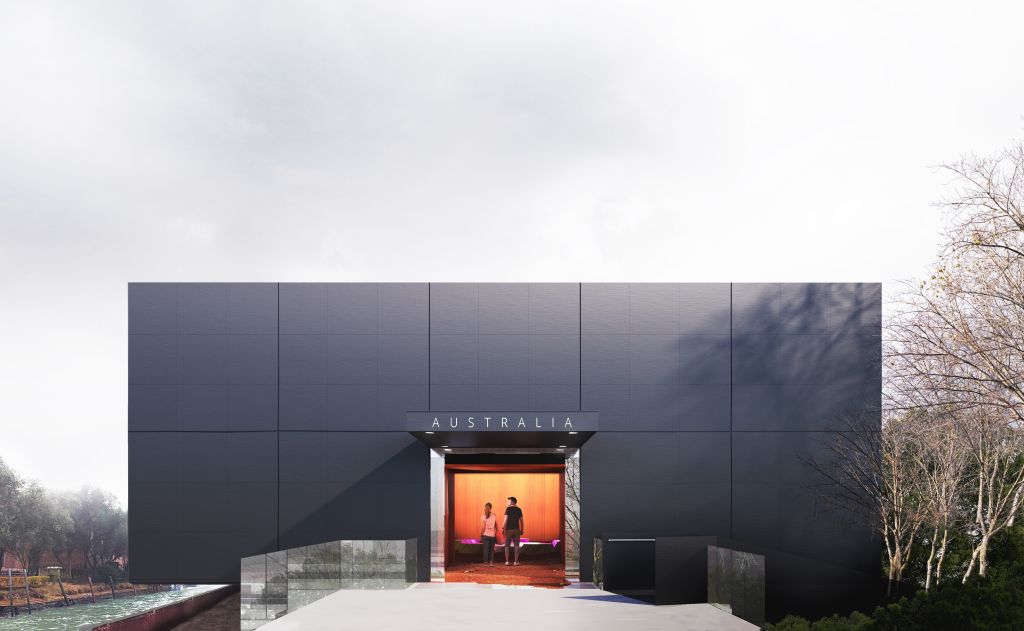
The curators of the Australian exhibit In Between: Building cultural connections through architecture hope that such an unexpected floor surface might prompt some people to remove their shoes.
Tristan Wong, with fellow curator Jefa Greenaway and a team of heavyweight architects and Indigenous artists, has put together an exhibition that is not only about Australia’s forward building design thinking, but about that of New Zealand, New Guinea and other Pacific neighbours. Wong believes “walking barefoot on red earth is the idea of connecting to country”.
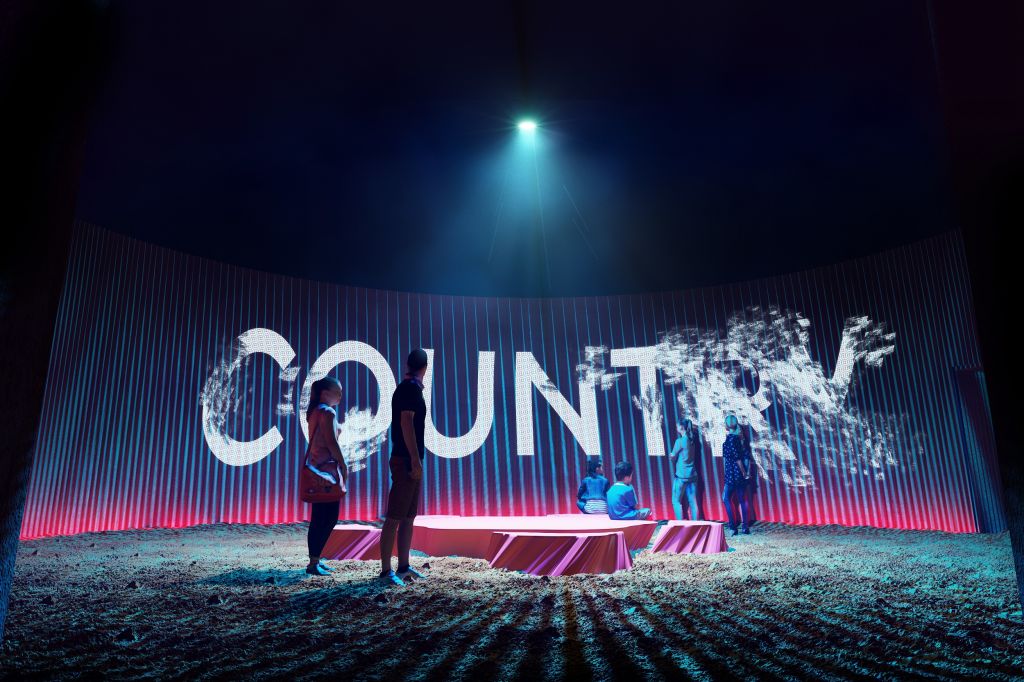
With the overall theme of the 2020 Architectural Biennale being posed as a question: “How will we live together?”, the 46 main participating countries will respond to the proposition of solving the arising societal, environmental and political challenges in unique ways that are more provocative than structure making.
The Australians have taken literally this year’s Biennale curator Hashim Sarkis’ suggestion that the national showcases should embrace contributions from other professions such as artists, builders, and craftspeople, and has included many Indigenous creatives. Even a poet contributed.
Because Australia is one of 29 countries that has a permanent pavilion, the curators invited first nations representatives from New Zealand and the near-Pacific to share the venue and to explore themes “that demonstrate the potential and revival and celebration of indigenous cultures”.

Despite the COVID-19 crisis necessitating moving the 2020 Architettura from the original May start date to the end of August (August 29 to November 29), the public unveiling of the Australian proposal went ahead at a “teaser” launch in Melbourne last Friday.
News emerged days later that the biennale’s forefather Vittorio Gregotti passed away from the virus, aged 92.
Jefa Greenaway, who has German heritage as well as a Wailwan/Kamilaroi lineage, and is one of the handful of registered Aboriginal architects, explained to the gathering that of the 100 non-residential projects submitted from Australia “20 per cent had Indigenous designers or co-designers. We captured projects from every state and territory.”
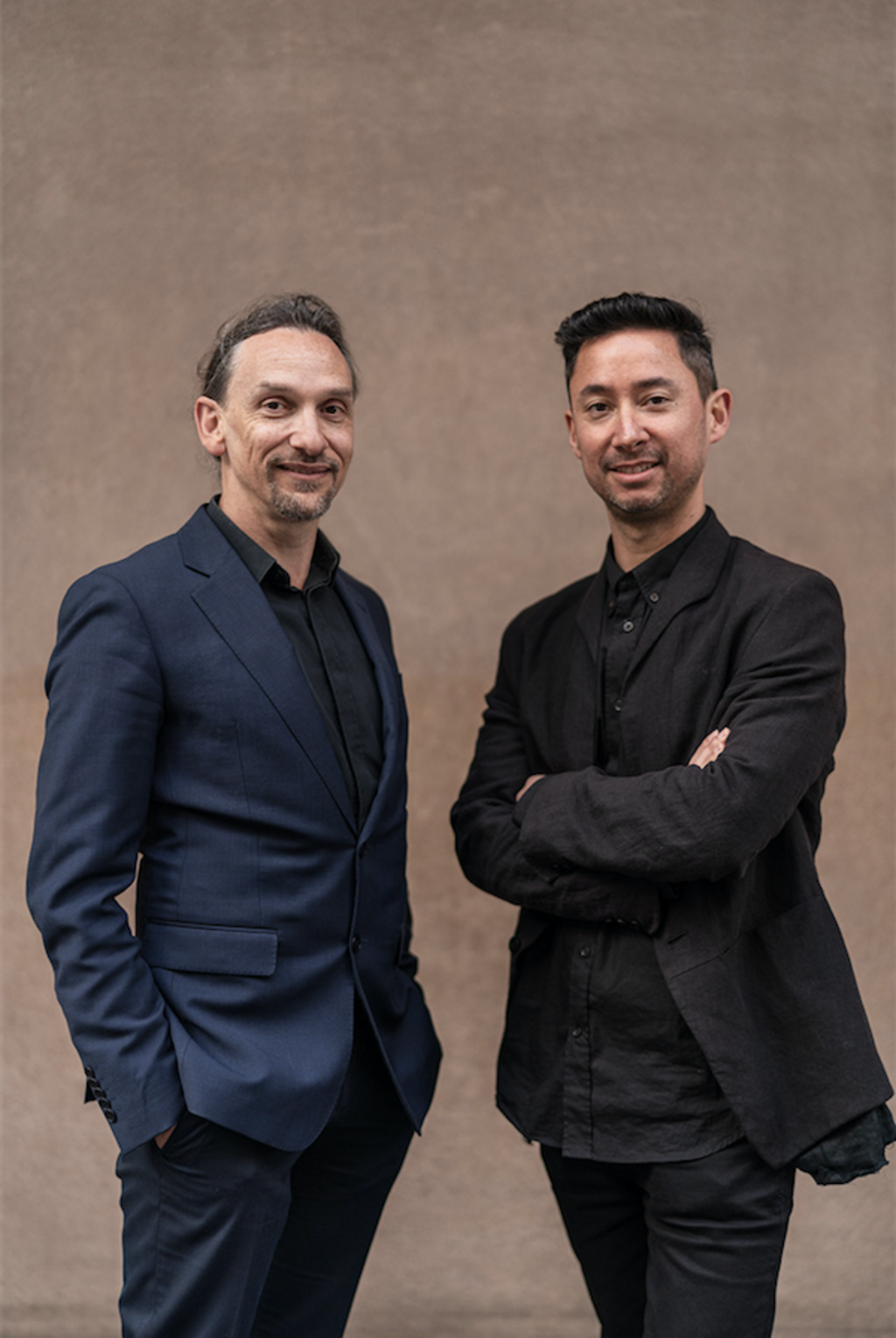
Another 15 per cent of submissions came from outside Australia. Selecting the final showcase of 20 that will be explored in detail within the pavilion’s “dream-like space” has collated what Greenaway calls “an incredibly diverse array of projects”.
“Projects of absolute potency that cover chapters of memory, indigenous knowledge systems, and connection to country.”
The exhibition space with the red-dirt floor (with soils sourced within Italy) will be contained by a circular wall of orche-coloured Corten corrugated iron. “All red and earthy,” Greenaway said.
Onto that undulating canvass, the various project images and the processes of their making will be projected. “And, it will make the projects feel as though they are rippling and moving.”
We wanted, adds Tristan Wong, a director of SJB, “to move away from the European, rectilinear gallery form and create a singular, continuous canvas that is a bit like the expansive experience of Australia with those rolling landscapes that go on forever”.
We recommend
We thought you might like
States
Capital Cities
Capital Cities - Rentals
Popular Areas
Allhomes
More
